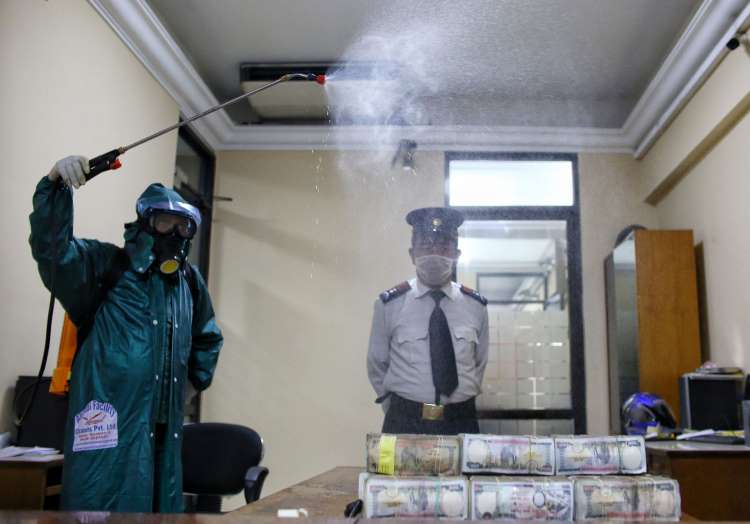
Jameel Basha, 36, is in a dilemma—should he return to India or not? He has been working as an office assistant in a construction company in Saudi Arabia since 2017, earning the equivalent of Rs 45,000 a month.
His work prospects are now uncertain because of the turbulence caused by the dual shock of the covid-19 pandemic and the plunge in oil prices, the mainstay of the West Asian country’s revenue. “My employer hasn’t paid us for the past three months. I am unsure whether I will be sacked,” Basha said by phone from Dammam.
Sustaining himself in Dammam and sending money home to repay a Rs 8 lakh personal loan, is now a challenge. “I came to work here only because salaries are so low in India. If I return home, there is no guarantee I will get work,” he said.
Basha’s predicament is similar to nearly 10 million Indians, a vast majority of them unskilled or semi-skilled workers, in Saudi Arabia and the wider Gulf region. Workers like them sent $83 billion back to India in 2019 as remittances to support families, a vital source of income for countries like India.
Demand for oil has all but dried up as nations shut borders and enforced lockdowns, sending prices plummeting and dealing a blow to West Asian economies, which are dependent in varying degrees on oil revenues. According to the International Monetary Fund, the Middle East and Central Asia region is projected to record minus 2.8% growth in 2020.
India’s envoy to the UAE till last September, Navdeep Suri, said “there is no question in my mind that the Indian business community and blue collar workers will be impacted”.
India estimates that about 70% of the 10 million Indians in this region are blue-collar workers, with the remainder in white collar jobs. Indian blue collar workers, especially from Rajasthan and Uttar Pradesh, are competing with Nepalis, Pakistanis and Bangladeshis working as mechanics, plumbers, janitors and drivers besides as helps in restaurants and small businesses.
Talmiz Ahmed, a former Indian ambassador to Oman and Saudi Arabia, expressed doubts whether all those who registered would actually return. “Some of those who have registered will be those who have finished their contracts and are wanting to come home,” he said. There could be some people who want to send their dependents back. And then there could be those who have lost jobs, Ahmed said.
Recalling the 2007-08 financial crisis, Ahmed said only about 200,000 Indians of an estimated 6 million finally returned from the region.
Acknowledging that the current crisis is different, Ahmed however predicted a revival of the region’s economies in about a year’s time. “This is not going to be the situation permanently,” he said.
Economist Indira Rajaraman pointed out that the return of several thousands of migrants from the Gulf would have a huge impact on India in socio-economic terms. “If there are 300,000-400,000 returnees, the government will have to record who are those with symptoms who would need to be quarantined, and keep in touch with others to see whether they develop symptoms or not. They would have to do contact tracing on a much bigger scale. It is a big burden on the states; especially for states like Uttar Pradesh and Bihar,” she said.
For 32-year-old taxi driver Ahmed Qasim in Kuwait, returning home is the only option as the current crisis has meant going jobless for many days in April. “I am using the money that I was supposed to send to my family back home. I am now worried how my family will meet their daily needs,” Qasim, who hails from Tamil Nadu, said by phone from Kuwait.
According to Ahmed, a back of the envelope calculation suggests that Indian migrants in the Gulf from the five southern states support approximately 40 million Indians back home. But thanks to the pandemic and decline in oil prices, remittances are expected to decline by 23% in 2020 to $64 billion, the sharpest fall in recent history, according to a World Bank report.